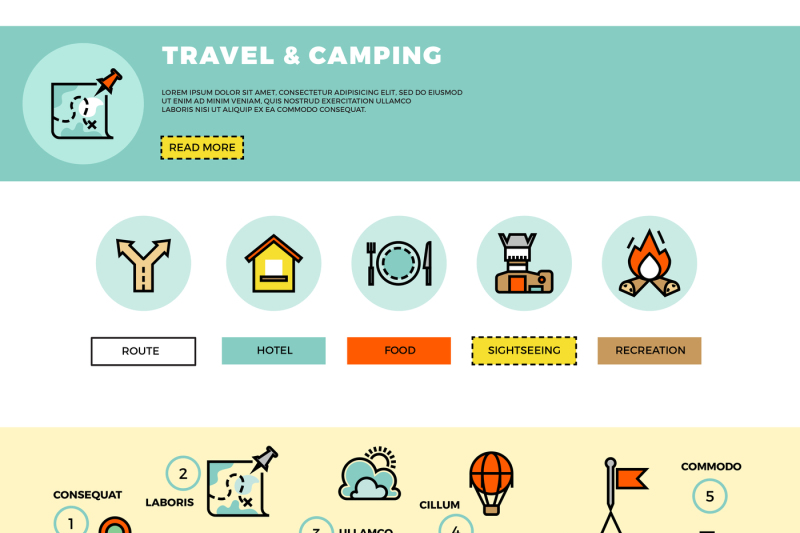From the nomadic people of Central Asia to glamping sites worldwide, bell tents have become an icon of rustic journey. Their famous silhouette and roomy interiors develop a setting that is both relaxing and marvelous.
How cold is too cold to sleep in a tent?
Their beginnings can be mapped to army camping tents developed by Henry Hopkins Sibley, who patented the conelike canvas sanctuary in 1856. The style was based on the Native American teepee and was made to be conveniently set up, resilient and portable.
Beginnings
The bell camping tent has been a staple for outdoor fanatics considering that the 19th century. The style is rooted in armed forces camping tents that saw service in the Crimean War, and later came to be prominent with scout teams throughout America. The American Sibley camping tent was a variant of the European bell tent. Its innovator, Henry Hopkins Sibley, took motivation from the Native American tepee when developing his variation. His model included a solitary center post, increased larger walls and a venting cap that enabled smoke from the range to escape.
Today, modern canvas bell outdoors tents use a sense of deluxe for camping enthusiasts and are a popular selection for glamping resorts. With a spacious inside and an appealing shape, these outdoors tents can be decorated with furniture and style to produce a comfortable and intimate environment for owners. The round style also assists with wind resistance and permits adaptable interior layouts. The less complex layout with less poles and stakes makes it easier to set up camp and transport to various places.
Military Usage
The Bell Camping tent was a home-away-from-home for numerous soldiers in the 18th century. It was used on the combat zone along with for command centres and field hospitals.
Its capability to be quickly established in a range of mission circumstances enabled it to function as an efficient sanctuary and work area. Its modular design suggests it can broaden or contract to fit the demands of various sized teams and goals.
Furthermore, it can be easily moved utilizing a range of lorries and hands-on transport, making it a sensible option for military and rescue procedures. Its lightweight, portable nature likewise makes it simpler for soldiers or rescuers to lug and trek across complex surface to reach their mission website. This saves beneficial time and resources.
Glamping
With the surge of glamping, bell camping tents became preferred as a glamorous outdoor camping option. Their iconic shape creates an enchanting ambiance and can be fitted with fashionable furnishings to include an additional touch of convenience to your camping experience.
In the 19th century, tent heaters the army adapted the layout to make it much more sturdy and useful for usage on war zones and explorations. Animal hides were changed by canvas that had been treated with waterproofing agents, making it possible for the bell tent to stand up to harsh weather.
The bell tent's functionality captured the attention of leisure campers, and it quickly got popularity as a camping tent for camping journeys and other exterior events. It is now a staple at store camping websites, music celebrations, and eco-resorts, where it supplies a blend of fond memories and sophistication.
Style
The bell outdoor tents's easy layout caught the eye of leisure campers, and it quickly became a staple amongst those that wanted to experience the outdoors stylishly. Today, you can locate these flexible frameworks in campgrounds and at glamping resorts throughout the globe.
The first trademarked variation of the bell tent was established by Henry Hopkins Sibley throughout the American Civil War, drawing motivation from Indigenous American tipis. He incorporated a single main pole, short side wall surfaces, and an aired vent "cap" for smoke from a stove to produce his ingenious outdoor tents.
In time, Sibley's style boosted with the addition of breathable canvas and other products that permitted the tent to control its temperature level. Modern bell outdoors tents are made from a variety of materials, consisting of cotton and mixes with flame retardant material to lower fire hazards. Their roomy insides are excellent for arranging furniture to produce comfy resting areas and lounge spaces. They are likewise light-weight and very easy to assemble, making them an excellent selection for beginners or anybody trying to find a worry-free outdoor camping experience.
What is the life expectancy of a tent?
